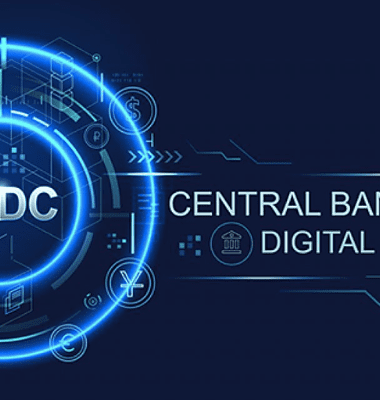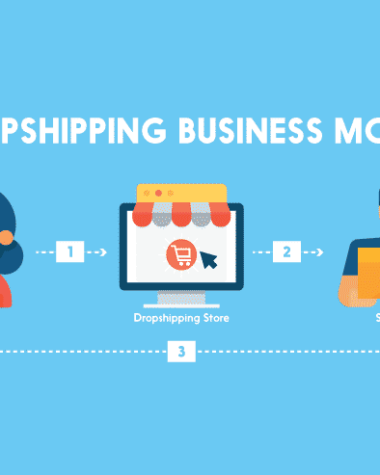Introduction
The financial world is filled with excitement and anticipation about the imminent launch of FedNow, the instant payment system offered and maintained by the Federal Reserve. This project is the product that will revolutionize the local financial landscape and will even have an impact globally. While FedWire contributes to high-value, high-volume transfers, FedNow is tailored to a different market demand, making it a powerful addition to the existing one.
FedNow Transforming Instant Payments
Throughout history, the Federal Reserve has played a critical role in underpinning many important developments within the US financial system. The launch of FedNow is the latest addition to a series of strategic innovations that are expected to have a significant impact on the current financial system. In order to fully understand the importance of FedNow, its role within the broader scope of the current payments landscape must be understood. While the US market already includes instant payment services such as; Venmo, Zelle, PayPal, and Cash App, but these systems have some limitations, such as delays in settling deals between institutions and limits on transaction values. As for FedNow, it is an initiative of the Federal Reserve Board that aims to overcome these challenges without eliminating these existing regulations.
Comparison of “FedNow” and “FedWire”
FedNow is expected to be launched this month of 2023, with the aim of providing instant payments around the clock throughout the year (24/7/365). FedNow operates as a Real Time Gross Settlement Service (RTGS), providing the infrastructure for instant and irreversible transactions between financial institutions in the USA. So how does this compare to the trusted FedWire system?
FedWire is also a real-time payment settlement system (RTGS) and supports electronic funds transfer between its member institutions, prioritizing high-value transactions. However, unlike FedNow, FedWire operates during specific business hours. Therefore, the “FedNow” system aims to provide a more comprehensive solution by serving a wider group of financial institutions, thus enhancing comprehensive financial communication.
Getting FedNow and FedWire Together
Rather than competing between the two systems, FedNow and FedWire are designed to coexist, each serving a distinct purpose. While the “FedWire” system is mainly used to facilitate large and time-critical payments, “FedNow” focuses on facilitating various day-to-day transactions. As a result, individuals and businesses will benefit from the convenience and speed of FedNow, while relying on FedWire to conduct high-value transactions safely and reliably.
Understanding the ceiling of the limits of financial operations:
a comparison
One notable difference between FedNow and FedWire is the cap on transaction limits. The FedNow system handles transactions up to $500,000, with a default limit of $100,000 for participants, subject to adjustment as requirements. FedWire, on the other hand, is specifically designed to handle large-scale, high-value transactions, and is often preferred by large corporations and large financial institutions.
The overlap between FedNow, CBDCs, and cryptocurrencies
The launch of FedNow coincides with the Federal Reserve’s active exploration of centralized digital currencies (CBDCs). While the Federal Reserve has not made a definitive decision regarding the implementation of central bank digital currencies (CBDCs), its ongoing research and experimentation is in line with a broader global trend.
Several countries, including the Bahamas, India, Singapore, Norway, Sweden and Nigeria, have launched their own CBDCs or are currently experimenting with the idea. These developments are of great importance to the cryptocurrency market. Although cryptocurrencies are traded against a variety of “fiat” currencies (e.g. euro, yen, pound sterling, etc.), a large part of global cryptocurrency trading revolves around the US dollar or dollar-pegged stablecoins due to the liquidity and stability it provides.
The interaction between FedNow, CBDCs, and cryptocurrencies is expected to be complex, with far-reaching implications. In the event that the United States adopts CBDC digital currencies, there is a possibility to integrate them with the “FedNow” service, which leads to the formation of a comprehensive and robust digital payment system.
So the launch of the FedNow system and the prospect of integrating a central bank digital currency (CBDC) into US legal and regulatory norms could revolutionize the market by reducing the need for dollar-pegged stablecoins and replacing them with government-backed digital dollars. between cryptocurrencies and traditional financial institutions, thus increasing liquidity and reducing dependence on the traditional banking sector.
On the other hand, launching FedNow and CBDCs in the future may present significant challenges for cryptocurrencies. Although it is too early to predict the results, regulatory measures related to CBDCs may indirectly affect the global cryptocurrency market. Even with the potential regulatory impacts, cryptocurrencies are expected to retain their strength as a worthy alternative, especially with increasing awareness of fast payment systems.
Strategic launch of FedNow
Launching FedNow follows a carefully designed six-stage strategy: Learn, Share, Prepare, Commit, Join, and Get Started. The initial “learning” phase, which begins this July, is just the beginning, with subsequent phases following an as-yet-unspecified timetable. Staying up-to-date on these developments is essential for participants and observers alike.
FedNow’s impact on the global financial landscape
The launch of FedNow will have a significant impact on the global financial landscape. Its commitment to instant, round-the-clock payments sets a precedent that may inspire other countries to emulate it. It may urge central banks in other countries to accelerate their immediate payment and CBDC initiatives, accelerating the global transition towards digital economies.
On developments in global centralized cryptocurrencies
While the United States is paving its own way, other countries are also making headway in the CBDC field. Countries like China, India and the UK are making great progress in the CBDC space, while the Bahamas and Nigeria have already launched their own CBDCs. The motives behind these initiatives often revolve around enhancing financial inclusion, enhancing security against illegal activities, and improving transaction efficiency.
Why is FedNow important?
The launch of FedNow marks an important milestone for several reasons. First, the launch of FedNow addresses the growing demand for faster and more efficient transaction processing. Second, this launch marks an important milestone in the Federal Reserve’s efforts to modernize payment systems, demonstrating its commitment to developing a more inclusive financial system.
Conclusion
In short, the launch of FedNow represents a significant advance in the development of financial infrastructure in the United States, and is a valuable complement to the existing FedWire system. Its potential impact on both the cryptocurrency market and the future of cryptocurrencies in the US is a good reason for it to come under scrutiny.
In a rapidly evolving digital economy, the Federal Reserve’s ability to adapt and innovate is crucial to maintaining the United States’ position as a leading competitor in the global financial market.
This publication is based on information available up to July 2023. Future developments may change the opinions expressed here. Therefore, we recommend staying updated on this evolving landscape to fully understand its impact on local and global financial markets.










